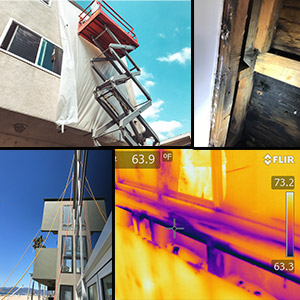Exterior Wall Water Intrusion Testing
LOS ANGELES | SAN FRANCISCO | SAN DIEGO
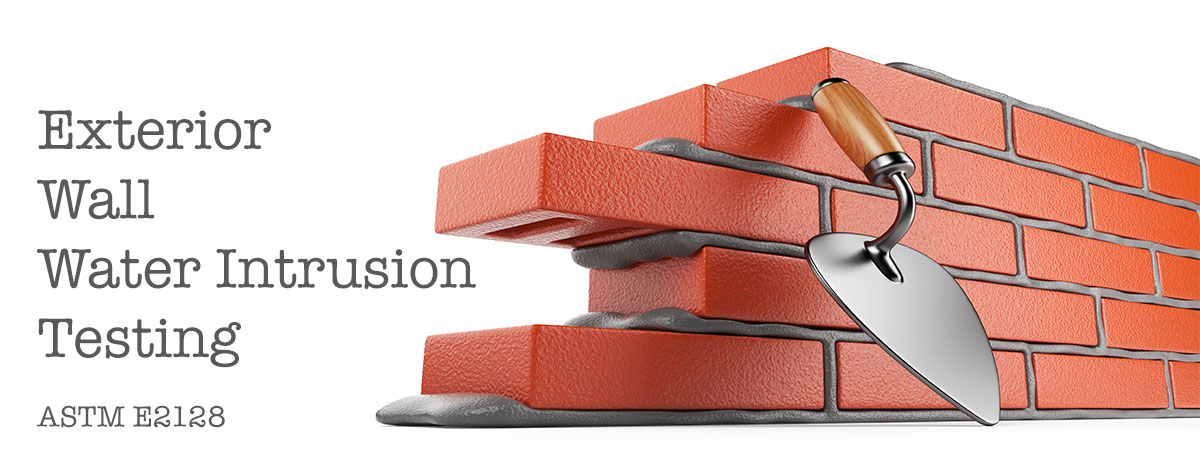
The ASTM E2128 standard describes many different methods water intrusion experts have at their disposal to source water. Stucco Wall Water Intrusion Testing can be performed with all types of wall surfaces and materials.
For the purpose of this standard, a wall is a system that includes both exterior as well as interior finishes. Furthermore, a wall as described herein the ASTM 2128 standard also includes fenestration, structural components as well as other systems such as plumbing and electrical for example.
Not Just A Bunch Of Guys Armed With A Water Hose
In order to properly diagnose a specific condition such as water within building walls, one must first have a system of order. In other words, following a standardized testing procedure, means no matter who reproduces a test to source a condition like water intrusion within a building wall, the tests will always be conducted the same way. This is especially helpful in litigation cases for example.
First of all, despite what many believe about water intrusion experts, it’s not our job to show up to someone’s place of business or residence and start randomly spraying water everywhere for the sake of spraying water. Most importantly, this is a scientific approach to the accumulation of data needed to effectively conduct any Exterior Wall Water Intrusion Test, which will produce real results for the client.
Testing To the ASTM E2128 Standards
In short, the Exterior Wall Water Intrusion Testing performed by the Water Intrusion Specialists Testing Agency is simply put, us following the parameters of the ASTM 2128, which is designed for professionals to conduct testing in a uniformed manner.
Although, however, references to the ASTM 2128 standard may be made, but only for the purpose of identifying items of interest or issues is our first consideration in the evaluation process. We do not use this standard to evaluate below-grade moisture intrusion issues, leakage through roofs nor is it intended to be used to evaluate swimming pools or other bodies that encapsulate water.
Moreover, the standard is not a design guide or design guide specification, pre-construction qualification procedure or quality control procedure. It’s simply intended as a guide to evaluating buildings that exhibit water leakage.
This Exterior Wall Water Intrusion Testing standard is intended to provide experts with a comprehensive method for evaluating water leaks in walls. These standards address performance expectations and the service history of a wall and the various components within walls.
Water Leaking and Water Intrusion Testing Essentials
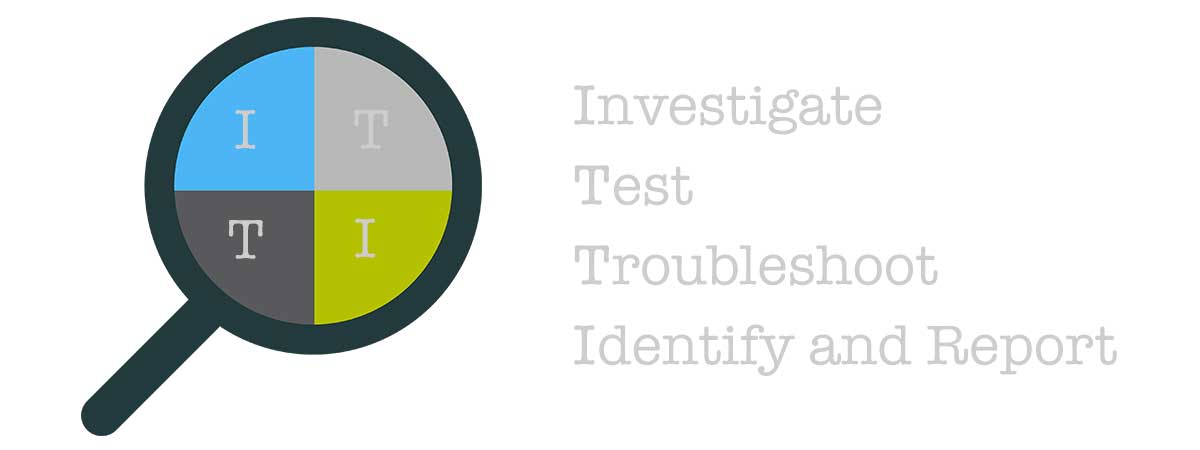
Moisture Intrusion in Los Angeles, San Francisco, and San Diego Causes Significant Damage Each Year
Leaks in your home or building can cause awful damage that’s both seen and unseen. While you can sometimes spot the visible damage, it takes a water intrusion testing expert to find out how bad things are where you can’t see it. This is where the ASTM 2128 Exterior Wall Water Intrusion Testing guide comes into play.
The ASTM 2128 Standard Guide for Evaluating Water Leakage of Building Walls, designed as a systematic approach to evaluating and testing exterior wall systems and materials. The guide helps us, a professional testing agency to evaluate, test and report on conditions within building walls.
Intrusion Testing Background
Good Exterior Wall Water Intrusion testing isn’t something that just anyone can do. You need a working knowledge of physics, as well as a background in construction. You can’t assess a wall if you don’t know how they’re built. Fortunately for our clients, we have years of practical construction experience.
Testing usually falls into two categories: preliminary and comprehensive. A preliminary test just looks for evidence of water intrusion in a specific section of a wall, such as behind your kitchen sink. Comprehensive testing looks for evidence in multiple places with the aim of getting a big-picture view.
What’s with the Terminology?
We do our best not to fill our Testing reports with incomprehensible jargon, but there are a few terms you’ll see sprinkled throughout. A few you might see include:
- Absorption
- Leakage
- Incidental water
- Infiltration
- Penetration
- Permeation
From the ASTM E2128 Guide
3.2.1 Incidental water—unplanned water infiltration that penetrates beyond the primary barrier and the flashing or secondary barrier system, of such limited volume that it can escape or evaporate without causing adverse consequences.
3.2.2 Water absorption—a process in which a material takes in water through its pores and interstices and retains it wholly without transmission.
3.2.3 Water infiltration—a process in which water passes through a material or between materials in a system and reaches a space that is not directly or intentionally exposed to the water source.
3.2.4 Water leakage—water that is uncontrolled, exceeds the resistance, retention or discharge capacity of the system, or causes subsequent damage or premature deterioration.
3.2.5 Water penetration—a process in which water gains access into a material or system by passing through the surface exposed to the water source.
3.2.6 Water permeation—a process in which water enters, flows and spreads within and discharges from a material.
What Will I See in the Report?
There are national and local regulations or codes such as the ASTM, NFPA, CRC (California Residential Code) or CBC (California Building Code) for buildings. These codes tell contractors things like for example, tolerances within building materials, construction limitations as well as expectations. You may see references to these or other codes and standards in our reporting.

Prior to Exterior Wall Water Intrusion Testing, we will ask you about any leak-related repairs you had done in the past, such as pipe repairs, roof repairs, window repairs, etc… Knowing this information helps our team to properly identify old damage.
The Exterior Wall Water Intrusion Testing report will list a wide range of service history-related information. Some of the things you might see include:
- Visual appearance of common problem areas, such as wall surfaces, joints between walls and the floor, and window or door frames
- Areas where pipes or wiring enter your home
- The joint between balconies and exterior walls
- Indicators of past leaks, such as staining, patching, and corrosion
- Interviews with maintenance workers or homeowners, if applicable
- How often the leak happens
- Weather conditions when the leak happens
- The severity of the leak
- Information on the plumbing system
Discovery for Stucco Wall Water Intrusion Testing
The information-gathering process is by far the most curtail part of initializing a testing strategy. Without a proper test strategy, one may as well just test the entire building.
Beginning with the obvious, our first objective is to identify damage and damage patterns and any active leaking should any exists.
Damage patterns such as visible degradation in building materials, stains or even mold can lead an investigation into a specific or limited area. Afterwhich, a comprehensive diagnostic program should result in explaining most if not all of the visible leaks and or damage.
Document Physical Symptoms of Leaks
A detailed visual evaluation of the interior, as well as the exterior wall surfaces, is one of the very first things we’ll do prior to jumping to water testing. Our initial investigation will include areas with indications of current or previous leakage such as;
- Wall, floor or ceiling intersections
- Fenestration openings
- Railing connections into the building
- Balcony and deck connections into the building
- Drains and scuppers in decks and balcony
- Handrails into decks and building
- Utility penetrations
- Building exterior wall and roof connection
- Surfaces which are wet or otherwise damp
- Differences of color on the building walls caused by organic growth, stains or corrosion
- Efflorescence
- Staining from water ponding or flow
- Areas which were patched or repaired for leaks
- Spalling which may represent subsurface water penetration
What Is the Inspection Like?
Different from a simple visual inspection of the exterior wall system, our evaluation is comprehensive, to say the least. Overall, our investigation will transverse the entire building area affected and look at many features of the building. This lets the inspector confirm the service history information and to identify any current problems.
During this time, we’re looking at walls, the drainage system, and major wall joints.
Other common features we’ll examine include handrails and signs, as well as basic wear and tear on the building.
Tools of the Trade
Water Intrusion Specialists Testing Agency uses several tools and methods over the course of the investigation. Common inspection tools include infrared thermography, inspection mirrors, fiber-optic boroscopes, and moisture detectors. In some cases, an inspector will attend when a damaged wall is repaired or replaced to see what the damage looks like layer by layer. Qualified personnel, like those on staff at Water Intrusion Specialists Testing Agency, will also use thermography to look at the heat distribution inside your walls.
Inspectors will routinely take photographs to accompany the report so you can see what they mean when they talk about damage.
In some cases, our consultant might try to recreate the leak artificially. This lets them verify that the leak happens because of a specific issue, like a crack in the wall. It also lets us track where the water flows through the wall, which informs repair decisions.
Should I Really Worry about Wall Leaks?
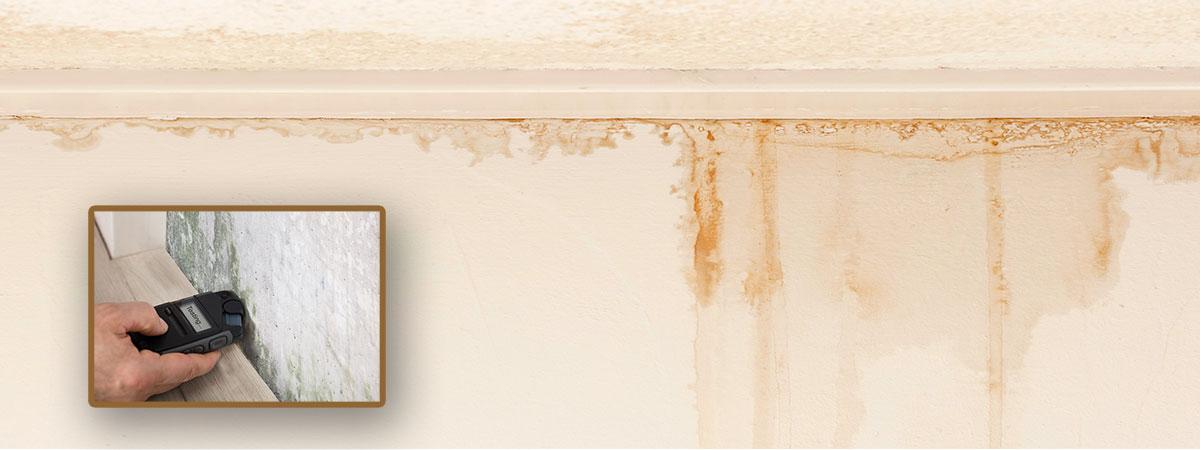
Everyone should worry about leaks. Leaks, especially water intrusion that happens over time. These types of leaks can create lots of very expensive damage. Water can start breaking down drywall, sealants, and insulation. It can rot the boards that hold up the walls. It can even start corroding metal connectors hold the exterior walls to the foundation, structural damage.
There are also potential health risks from persistent leaks. Chronic water intrusion can trigger fungus or bacteria growth. Think of basic mold or mildew. These growths can make breathing difficult for anyone with a respiratory condition like asthma. If the mold growth goes unchecked, it can start causing respiratory illnesses even in healthy kids and adults.
In the most extreme cases, you end up with Stachybotrys chartarum. You probably know it better as the black mold. Prolonged exposure to black mold can lead to chronic coughing, rashes, fatigue, and persistent headaches. The worst cases can end with bleeding in your lungs.
What About Masonry?
Water Intrusion Specialists Testing Agency performs masonry inspections which includes a thorough evaluation of the masonry and workmanship. On the other hand, or Exterior Wall Water Intrusion Testing can include water spray testing and in conjunction with thermography, sonic pulses, and with basic moisture meter readings.
What If My Building Uses Other Exterior Materials?
Certainly, within the greater LA, SF, and SD areas, you’ll find buildings made with all kinds of exterior materials. Our Water intrusion Testing company can handle just about all of them. Listed below are some of our testing approaches for other common building materials.
Stucco or Tile Exterior Wall Water Intrusion Testing
Stucco is a common sight in California as well as its surrounding communities. Nonetheless, stucco can too fall victim to Exterior Wall Water Intrusion problems. Tests for water intrusion in stucco include spray testing the surface in conjunction with thermography and also the use of moisture meter readings.
We can’t discount how useful visual inspections are both prior to and during the initial evaluation and testing phases. In addition, destructive testing is in many cases necessary when attempting to source a leak within stucco-clad wall systems.
Window and Glass/Metal Curtain Walls
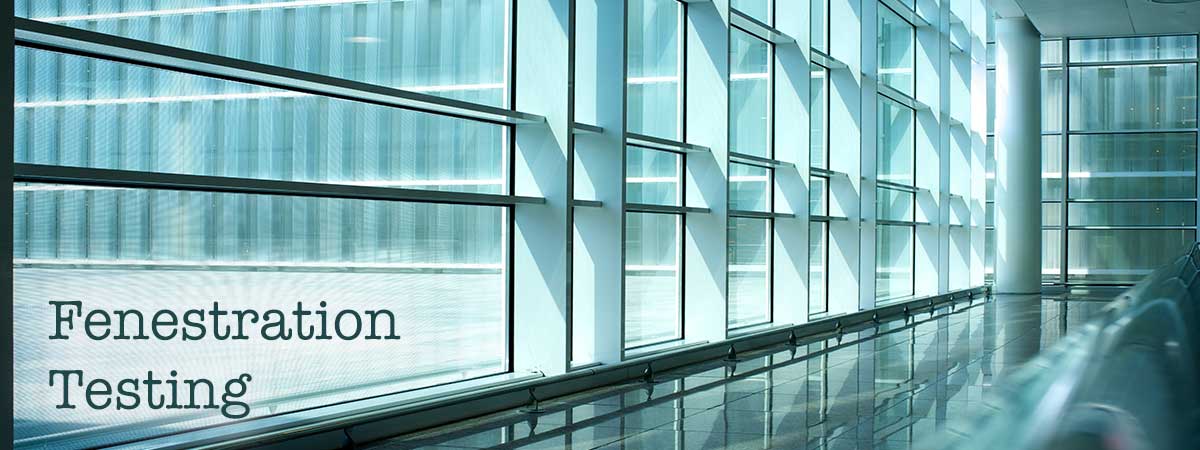
Windows and glass/metal curtain walls call for different testing methods than most other materials. Common fenestration tests include:
- Water spray testing
- Calibrated spray wand spray testing
- Differential pressure chamber tests (mimics high wind and rain)
- Flood testing
- Partial wall disassembly (lets the inspector and waterproofing consultant trace leak paths)
EIFS
Some buildings and houses use exterior insulation and finish systems. In essence, you have an insulation layer with an exterior coating of some kind over your exterior walls. Some common testing procedures include:
- Moisture meter readings
- Resistance meter readings
- Mist spray test
- Thermography
- Impact tests
Wood and Wood-based Siding
In most cases and Depending on the age of your building, it might employ wood or manufactured wood-based siding of some kind. Regardless of the specific type, there are however, A few common wood siding options include hardboard, wood shakes or shingles, and waferboard.
Tests for water intrusion on wood siding include water spray testing, infrared thermography evaluations coupled with moisture meter readings, relative humidity tests, and water path tracing. In most cases, destructive testing is typically required when sourcing water intrusion within wood exterior siding walls.
Asbestos Fiber Cement and Cement-Bonded Particle Board
On the other hand, some older buildings also use cement-bonded particleboard or Asbestos fiber cement sidings, such as lap siding or shakes. For the most part, exterior Wall Water Intrusion Testing with these kinds of exterior siding yields to a basic visual inspection. Tests are generally confined to a relative humidity test, spray tests, or partial disassembly under very strict oversight.
Pre-Cast Concrete Panels
Pre-cast concrete panels see frequent use in Los Angeles, San Francisco, and San Diego commercial buildings, such as office buildings, as well as apartment buildings. Assuming no fault in the panel itself, most leaks happen at panel joints. Common Exterior Wall Water Intrusion testing approaches include spray tests, smoke tests, and chamber tests. Surface sealants may call for a third-party laboratory testing if the panel itself is thought to be the culprit.
How Do I Get My Home or Building Tested?
Get Started today by calling Water Intrusion Specialist at 888-381-7377, or schedule your water intrusion specialist on site visit by completing our Job Information Request Form Here
